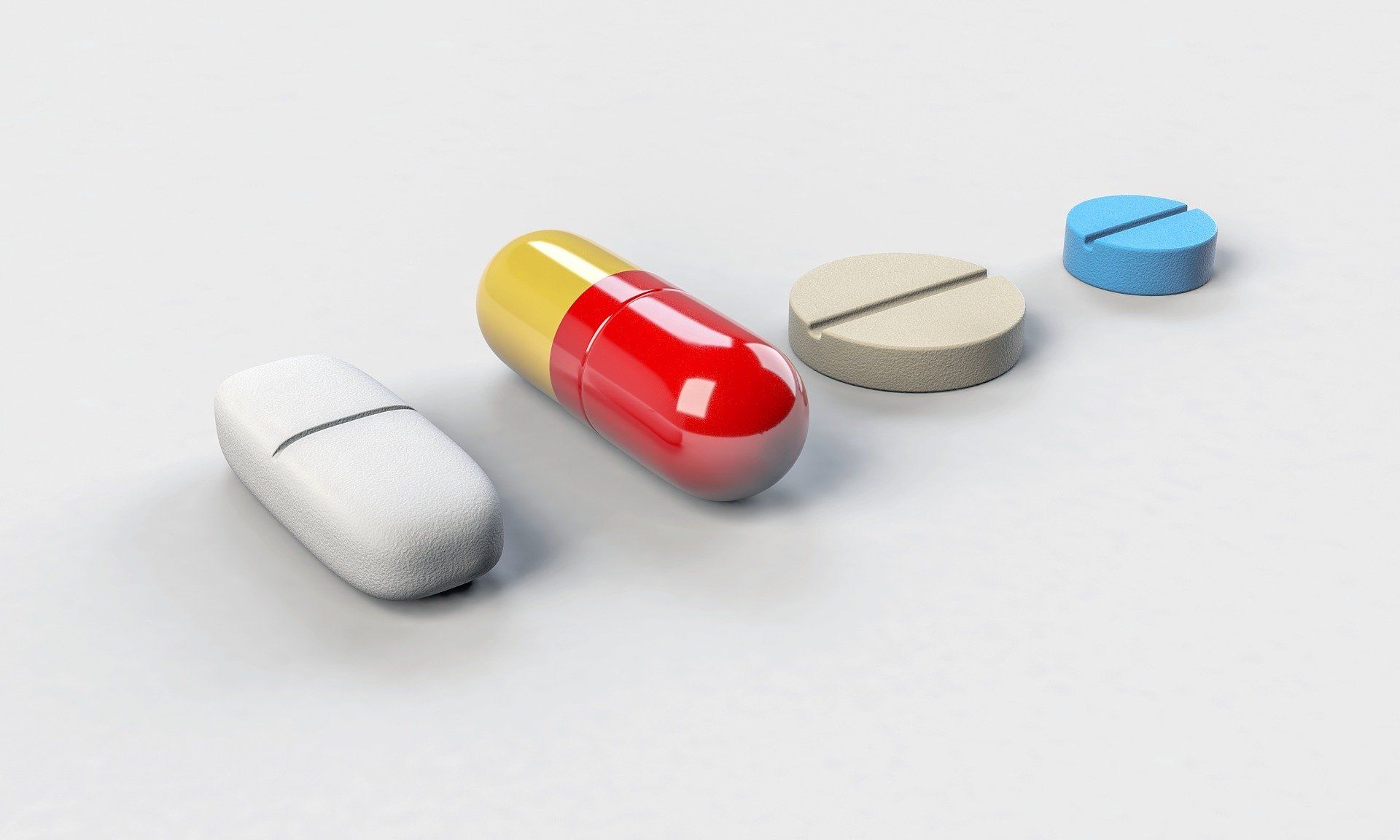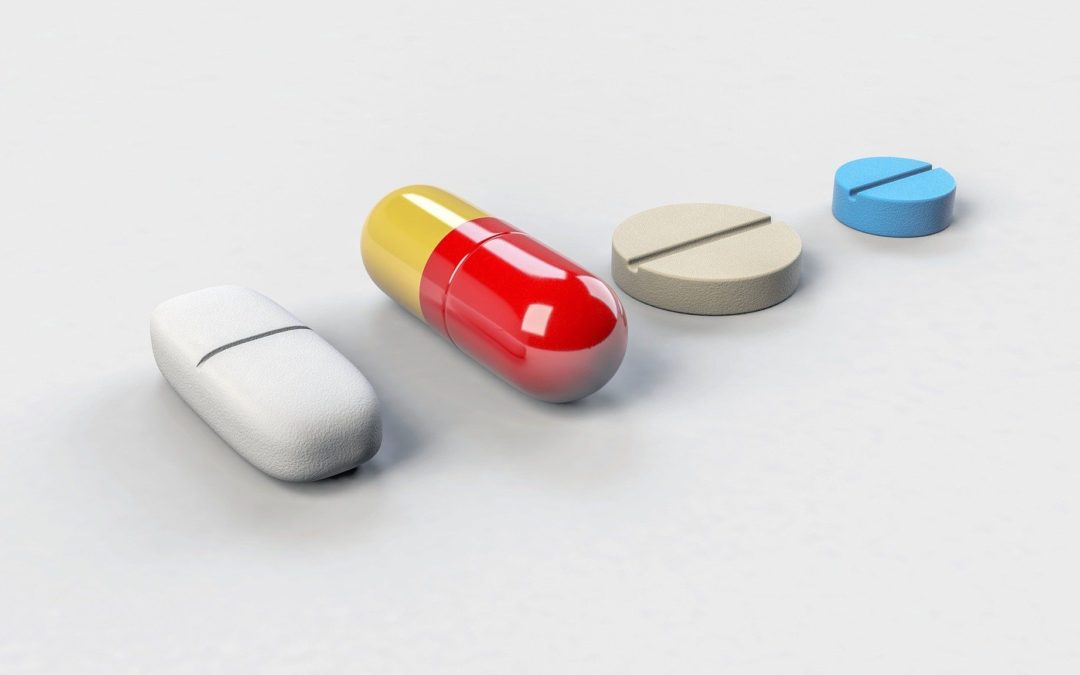
For someone who is ill, appropriate medication is essential and, in many instances, vital for survival. Getting the correct dosage can be tricky, and pills can be scary, unpleasant, or quite simply challenging to swallow for some.
For the past few years, a research project has been ongoing at the Institution of Pharmaceuticals at Uppsala University in Sweden. A research group has developed a method that makes it possible to fill a 3D printer with gels and powders to print pills.
By printing custom pills, it's possible to give patients more accurate doses or make them more appropriate for the intended patient. Patients with certain conditions and children might have difficulties swallowing large pills, so pills could be customized to be smaller. Regular white pill-shaped drugs might be scary, while the flavor might make them unpleasant to eat. So by altering shape, taste, or color, a child with cancer might have an easier time using it.
"It would mean that everyone gets the effective treatment they need. And that the drug is not developed for an average person. Medicines developed today are developed for an adult patient and then adapted as best they can to children. In that regard we want the children to receive a safer treatment", says the project leader, Christel Bergström, to SVT.
The current plan is to establish a test center for these 3D printers at the Uppsala University Children's Hospital pharmacy by 2025. If all goes well, hopes are that families with severely ill children could have these machines in their homes.
Other advantages with printing medications on-demand and site are increased availability and reduced waste. Distributing certain medicines to remote locations might take a long time. This could result in either the patient not getting what they need on time, while another consequence might be a short shelf-life or, in other words: waste.
“In countries with tropical climates, it is difficult to provide medicines with good shelf life. It should be remembered that today's medicines are not fresh when they come to pharmacies. They must be packed and distributed, which can nibble on sustainability for six months or years”, she says to Dagens Industri.







